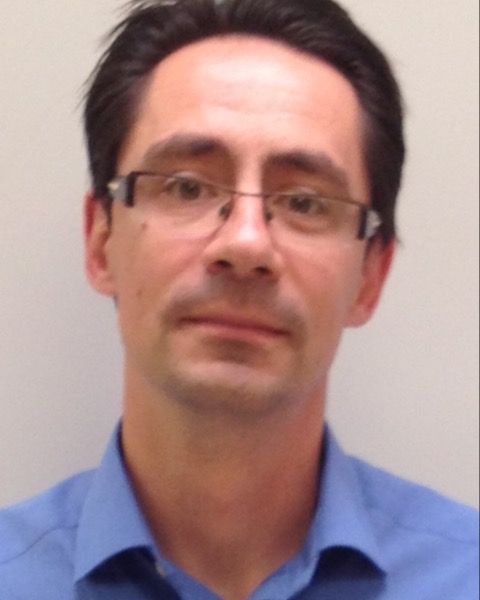New Innovations, New Techniques and New Technologies
Lyophilized, Stem-cell Derived, and Synthetic Platelet Products are Closer Than You May Think.
-
CC
Claudia Cohn, MD, Phd
Professor of Laboratory Medicine and Pathology, Dir. Blood Bank Lab., Ass. Dir. Clinical Lab.
University of Minnesota
Minneapolis, Minnesota, United StatesDisclosure(s): No financial relationships to disclose
-

Anirban Sen Gupta, PhD (he/him/his)
Wallace R. Persons Endowed Professor of Engineering, Professor Biomedical Engineering, Director: Bio-inspired Engineering for Advanced Therapies (BEAT) Laboratory
Case Western Reserve University
Cleveland, Ohio, United StatesDisclosure(s): Haima Therapeutics: Consultant/Advisory Board (Ongoing)
-

Cedric Ghevaert, MD, PhD, FRCP, FRCPath (he/him/his)
Professor of Transfusion Medicine and Consultant Haematologist
University of Cambridge / NHS Blood and Transplant
Cambridge, England, United KingdomDisclosure(s): Macopharma: Consultant/Advisory Board (Ongoing); New Platelet Company: Stock Shareholder (self-managed) (Ongoing); Xap Therapeutics: Consultant/Advisory Board (Ongoing)
-

Mike Fitzpatrick, PhD
Chief Scientific Officer (CSO)
Cellphire, Inc
North Potomac, Maryland, United StatesDisclosure(s): Cellphire THerapeutics Inc.: Consultant/Advisory Board (Ongoing), Stock Shareholder (self-managed) (Ongoing)
Program Chair(s)
Speaker(s)
This session will highlight advances in three areas of platelet research; stabilization methods through lyophilization, iPSC ex-vivo production, and synthetic nanoparticle technology are converging and can lead to long-lived platelet-based therapies targeted to address specific related pathologies or expanded uses that cannot currently be supported because of the short shelf-life and limited platelet supply. Attendees will hear from the current leaders in those three efforts including the status of clinical trials, nonclinical animal studies, characterization and mechanism of action, and pathways to clinical trials targeting uses beyond treating thrombocytopenia and platelet related coagulopathies.
Platelets participate in many physiological and pathological processes, including hemostasis, thrombosis, wound healing and cellular regeneration, endothelial maintenance, immune responses, inflammation, tumor progression, and metastasis. Development and discovery efforts extend beyond the treatment of thrombocytopenia or hemorrhage. Potential uses include drug delivery, wound healing, cellular regeneration, endothelial repair and maintenance, treatment of traumatic brain injury, and providing HLA-homologous or reduced products to overcome refractoriness or reduce the risk of alloimmunization. Current supply and storage constraints limit the ability to support these research efforts and guarantee adequate post approval supplies. Available inventories are inadequate for current routine and emergent clinical demand. The ARC indicated in January of 2024 that the US experienced critical shortages caused by the lowest number of donors volunteering than in the last 20 years. A recent study simulating mass casualty incidents (MCIs) of 50-200 patients indicated that of the 16 Level 1 trauma centers participating none had enough platelets available to treat more than 4 patients at the recommended ratio (1.1.1). Near term solutions include extending cold stored platelets to 14 days, cryopreservation at -65°C, emergency LTOWB collections or increasing LTOWB inventory levels.
CABP CE Eligible
Learning Objectives:
- Describe the impact lyophilization has on the stability, characterization, activation, and circulation persistence of platelets.
- Describe the stage of development of stem cell derived platelets and their similarity to room temperature stored apheresis platelets.
- Describe the development of synthetic nanoparticles that mimic and amplify platelet adhesion, activation, aggregation, and prothrombotic function.
- Describe the potential impact of the three innovative platelet technologies on platelet-based product availability and the potential impact on outcomes in the targeted patient populations, e.g. thrombocytopenic patients or patients with bleeding related to platelet dysfunction.
